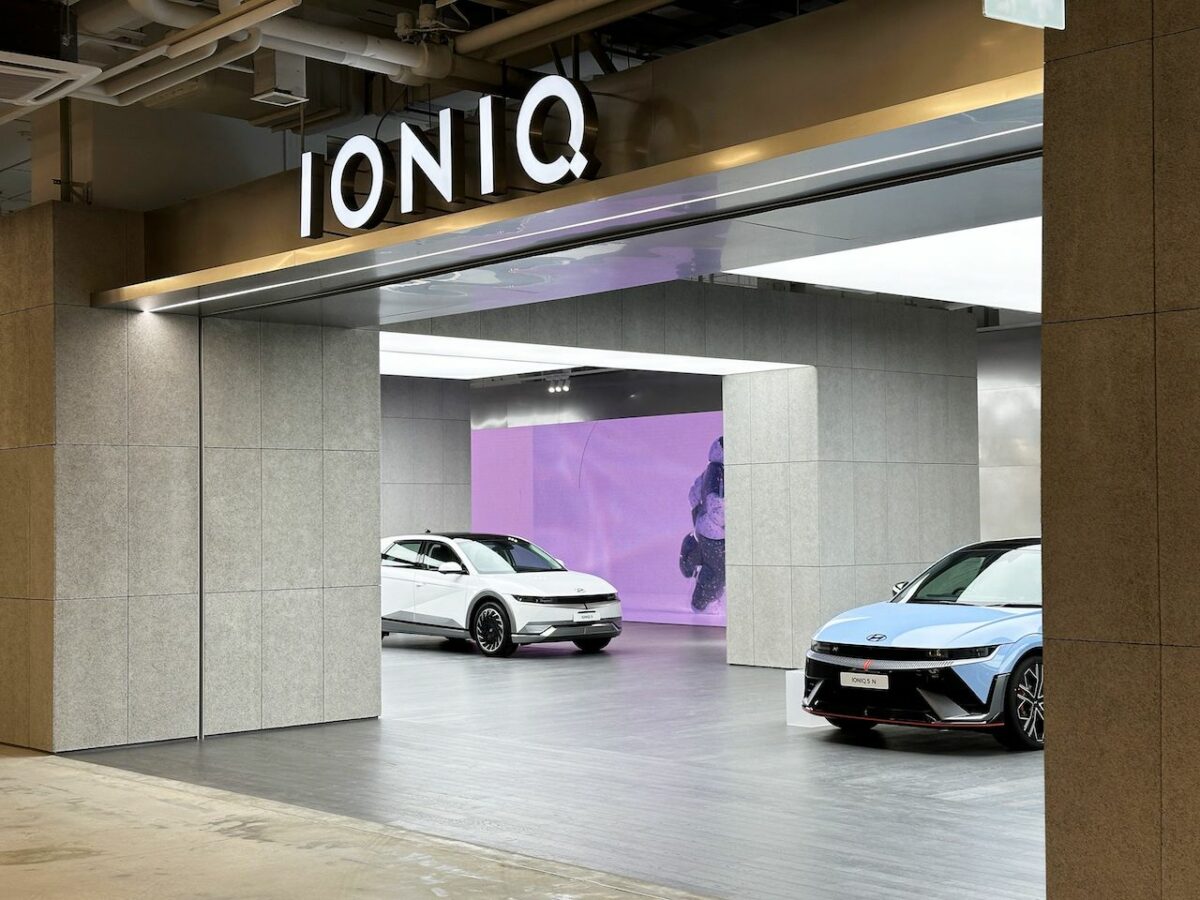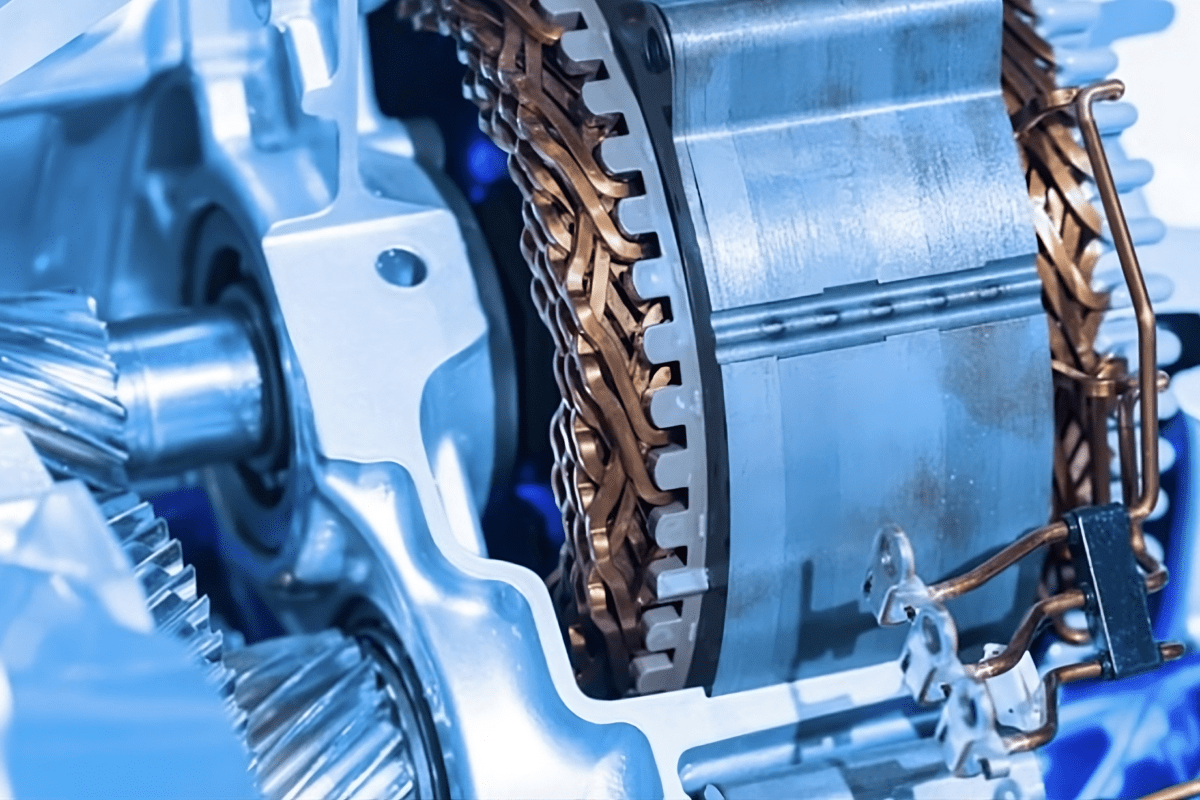“Hybrids are costly and although sales are strong in the US and Japan, globally they are not so successful. Of the 60 million vehicles built a year, just 1% are hybrids.”
So said Mazda president and CEO Takashi Yamanouchi at the New York auto show earlier this year. With its sole hybrid model, the Tribute HEV, having recently been withdrawn from the US market due to disappointing sales, Mazda has been brave enough to address a situation many rivals remain in denial over. While no-one doubts the success of the Toyota Prius in both the US and Japan, this car is the sole exception to the global reality of hybrid vehicles being little more than pricey niche models.
Honda, Toyota’s main rival in gasoline-electric technology, has tried to emulate the success of the Prius with its CR-Z, Insight and Civic Hybrid models. But with fewer than 5,000 Civic Hybrids and 15,000 Insights sold in the US in the first eight months of 2010, even American Honda would hesitate to label those numbers a good result.
It would be surprising if VW wasn’t planning to build diesel engines at its new Mexican powertrain plant
Some of the reason why the fizz has gone out of US market hybrid sales is the end of tax credits for most brands. The cars are also typically high-priced and, with the weight of two propulsion systems onboard, are often none-too-economical in the freeway conditions typical of many owners’ daily commutes.
Perhaps another, equally unseen factor is also contributing to declining hybrid sales: the US consumer’s endless desire for novelty. Once seemingly everyone has a Prius it’s time to find The Next Big Thing. Could that be diesel? The received wisdom that Americans dislike compression-ignition cars is outmoded as anyone who takes even a casual look at the recent sales figures for Volkswagen of America.
It is also worth noting the wording of VW’s recent statement concerning its forthcoming 330,000/annum ‘engine’ plant that’s due to come on stream in Silao, Mexico in 2013. No doubt the majority of engine production will be gasoline units but with sales of its diesel models rising rapidly in North America and all those TDI engines currently being imported from Europe, it would be surprising indeed if VW wasn’t planning to also build diesels at Silao.
Volkswagen may have the diesel segment to itself for the foreseeable future
With 23% of its annual US sales already diesel and plans to lift its overall annual numbers to 800,000 vehicles by 2018, VW could even have much of this market to itself for the foreseeable future: neither General Motors, Ford, Toyota nor any other major player has plans to manufacture passenger car diesel engines in North America.
Until Volkswagen starts building diesel engines in Mexico and/or the US, we just don’t know what the true potential for vehicles like the Jetta TDI (presently 25% of the car’s average 11,000 monthly sales in 2010) or Audi A3 TDI (fully 50% of sales in August) might be: much of the exchange rate volatility from imports of European engines is currently passed on to the US consumer in the form of high stickers for such models.
As the prices of diesel cars in the US market fall, as surely they will, so their popularity will grow. In the premium segment, the signs are already unmistakable. BMW, which had not offered a diesel in the US for 24 years, quietly introduced the 335d and X5 xDrive35d in 2009. Despite limited promotion, sales have surged. Lexus, the long time leading premium brand is no doubt already feeling alarmed, saddled as it is with slow-selling hybrids such as the HS 250h and LS 600h but without even one diesel offering: last month, BMW became the US market’s number one premium brand.
The opinions expressed here are those of the author and do not necessarily reflect the positions of Automotive World Ltd.



